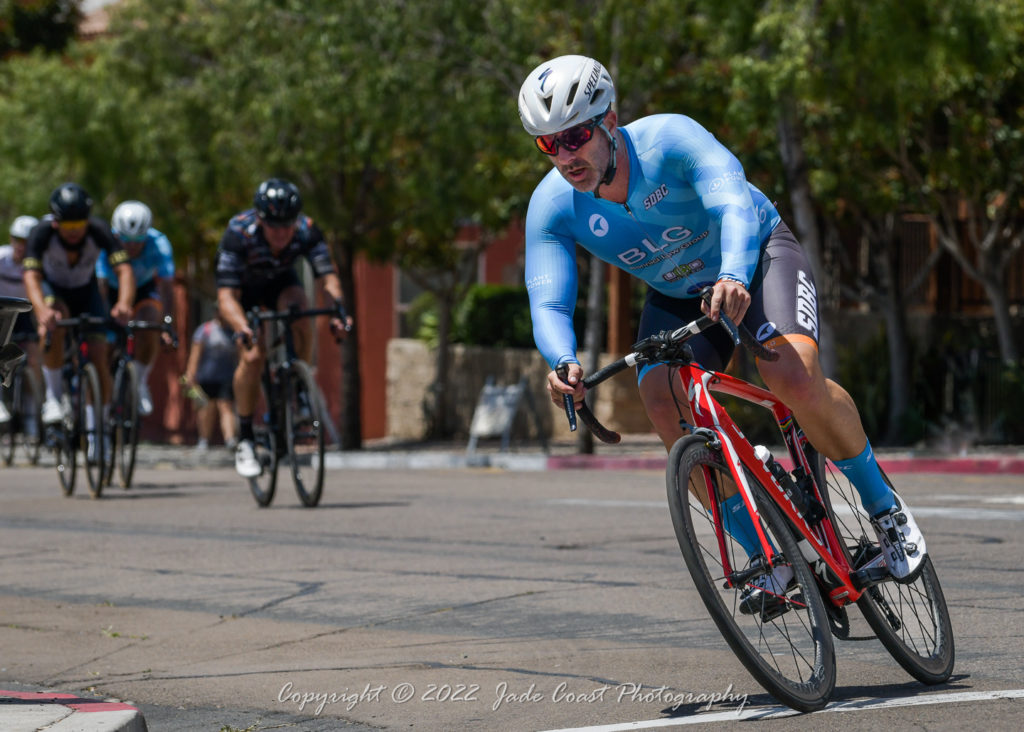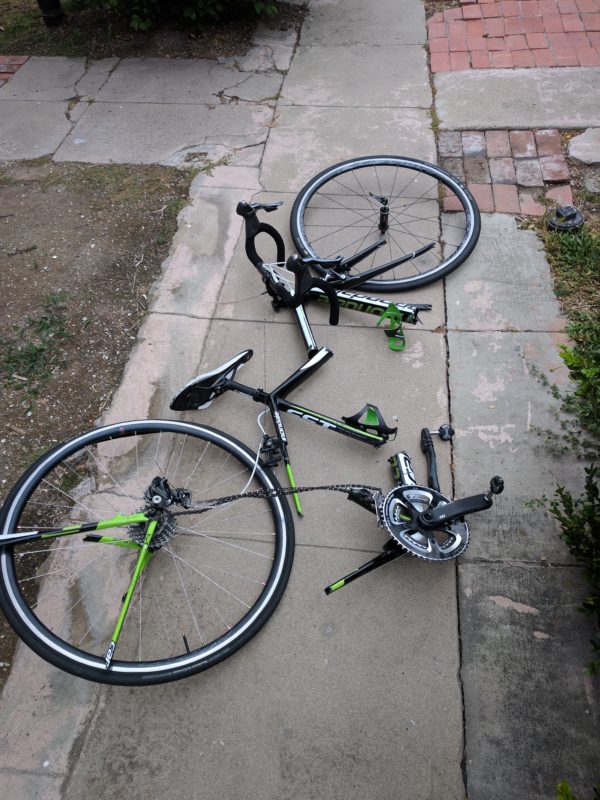The Right Auto Insurance for Cycling?

Auto insurance companies sure do a great job advertising their slick slogans and how inexpensive they can be. But they are terrible at explaining exactly how insurance coverage works and when it can be used.
First, let it be known that if you are involved in an accident on your bike on a roadway, your auto insurance can cover any losses sustained. This is why it is imperative that cyclists understand what coverage they have and have the choice to adequately protect themselves proactively before it’s too late.
HOW DOES AUTO INSURANCE WORK
When you purchase auto insurance, you buy a certain policy limit – meaning that the insurance company will pay up to that amount if an accident is caused. If that limit is reached and the value of the claim exceeds that amount, then the individual may be personally liable for anything over and beyond the policy they purchased.
An example would be:
If Driver hit Cyclist and caused $20,000 worth of injury damage, Cyclist would attempt to recover $20,000 from Driver’s insurance company. If Driver’s insurance policy was only $15,000 then Cyclist would need to try and recover the remaining $5,000 from Driver personally. This can often be difficult and require a lawsuit.
The minimum amount of insurance coverage allowed in California is what Driver is insured for above: $15,000. As one can imagine, a bike accident can easily rack up $15,000 in medical bills rather quickly. With average ambulance bills hovering around $2,000 and ER bills close to $5,000 alone, we’re already half way to the minimum policy amount (and that doesn’t account for pain and suffering associated with the accident).
Luckily, a cyclist – or a driver – can insure themselves to an amount of their own choosing in order to avoid the above Cyclist v. Driver minimum policy scenario.
UNDER-INSURED MOTORIST COVERAGE
In California, individuals who purchase auto insurance are able to buy a voluntary insurance plan called under/uninsured motorist protection (“UIM”). A UIM policy will come into effect if the at-fault party’s insurance coverage is too small for the damages they caused in an accident.
If we use the same example as above – where Driver only had $15,000 in insurance coverage, and Cyclist had $20,000 in medical bills – a UIM policy would be a lifesaver for Cyclist. Let’s assume that Cyclist had a $100,000 UIM policy, insuring them up to $100,000 for an accident where they were not at fault. All Cyclist would have to do is collect the full policy amount from Driver’s insurance (the full $15,000) and then turn their attention to their own insurance policy for the remainder of their claim, or up to $85,000. While you can’t “stack” the two policies together, the UIM policy acts as a ceiling for all policies involved. So, if Driver had a $30,000 policy, then Cyclist would have an additional $70,000 remaining to work with.
UIM coverage would also help if the accident was a hit-and-run, or if the at-fault party was uninsured. Then Cyclist would have up to their full UIM amount to work with for an injury claim. The advantage for cyclists is that this coverage would cover them in a car accident whether they were driving their car or riding their bike – the only requirement is that it be not an at-fault collision and the accident happen on a roadway and involve a vehicle.
HOW MUCH UIM SHOULD A CYCLIST HAVE?
We suggest that a cyclist riding their bicycle once a week or more have at least $100,000 in UIM coverage. Adding this voluntary coverage to an insurance policy is usually a negligible amount and will protect a cyclist whether they are in a car or on a bike. The UIM amount must match or be smaller than the amount of coverage held under the liability policy, but that shouldn’t be prohibitive.
If you’re unsure of how much insurance coverage you currently have, we are more than happy to review your current insurance coverages to make sure you understand what you are paying for, and if you are adequately covered, free of charge.
After representing hundreds of injured bicyclists on San Diego’s roadways, we cannot understate how important it is to have an adequate UIM policy. While our recommendation is $100,000, if your budget doesn’t allow for that amount, at least you can make an informed decision on what policy fits best for you and your family. If you’re going to be paying for auto insurance anyway, you might as well have a policy that fits your lifestyle and can serve you best if the worst happens.
At Bonnici Law Group, we focus on helping injured cyclists navigate the insurance claim process and get back on the bike and riding again as soon as possible. If you have any questions about insurance coverage, an injury or accident, please feel free to reach out. We know the law, and we ride, too.
--
Josh Bonnici, Managing Attorney & Bicycle Racer
www.bonnicilawgroup.com/bike-lawyer/
*Disclaimer: the above is not meant to be legal advice, but an outline for how to understand auto insurance and its involvement in a bicycle accident. Every case is different and should be evaluated individually.

